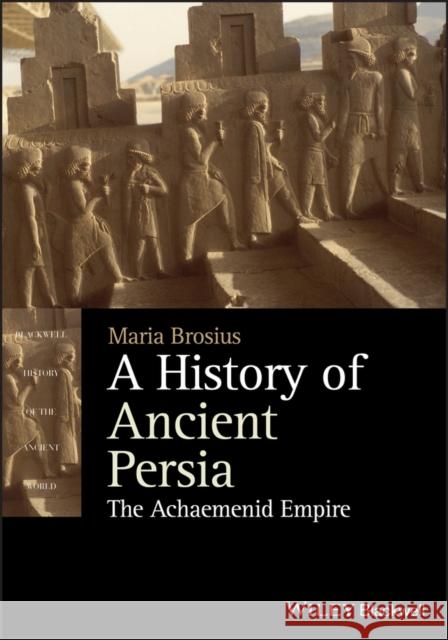A History of Ancient Persia: The Achaemenid Empire » książka
topmenu
A History of Ancient Persia: The Achaemenid Empire
ISBN-13: 9781444350920 / Angielski / Miękka / 2020 / 288 str.
Kategorie BISAC:
Wydawca:
Wiley-Blackwell
Seria wydawnicza:
Język:
Angielski
ISBN-13:
9781444350920
Rok wydania:
2020
Numer serii:
000260361
Ilość stron:
288
Waga:
0.63 kg
Wymiary:
25.15 x 17.53 x 1.78
Oprawa:
Miękka
Wolumenów:
01
Dodatkowe informacje:
Bibliografia











